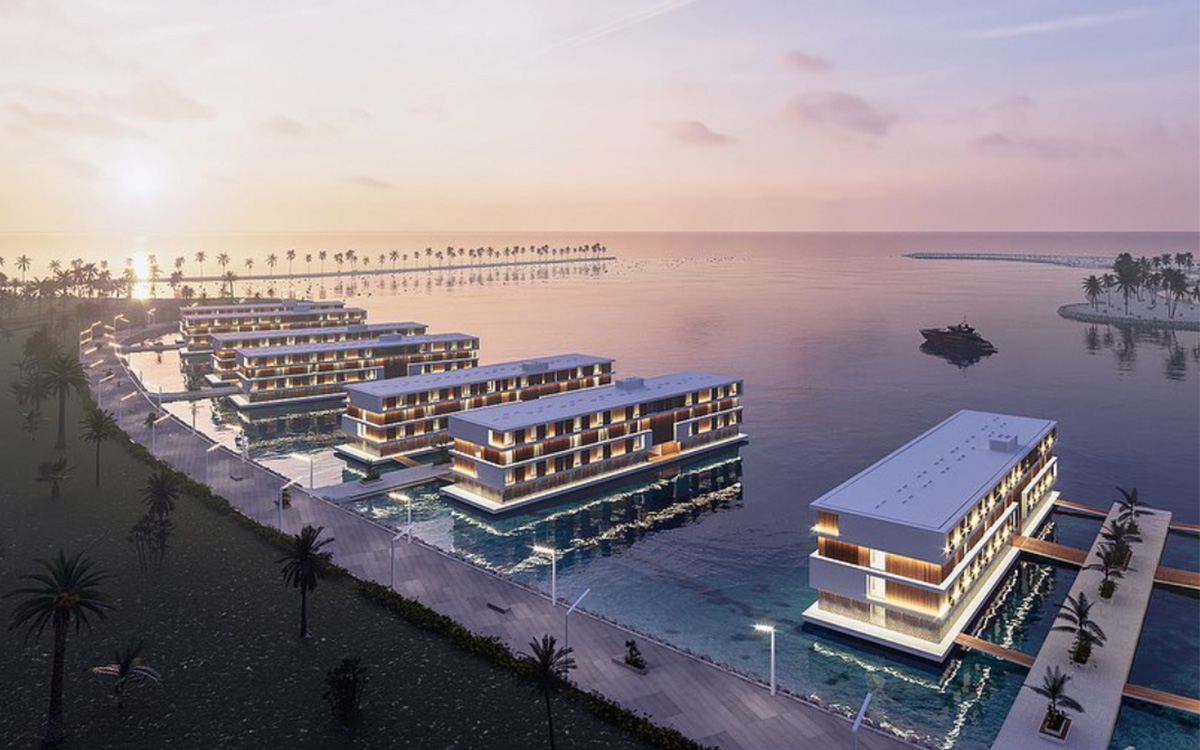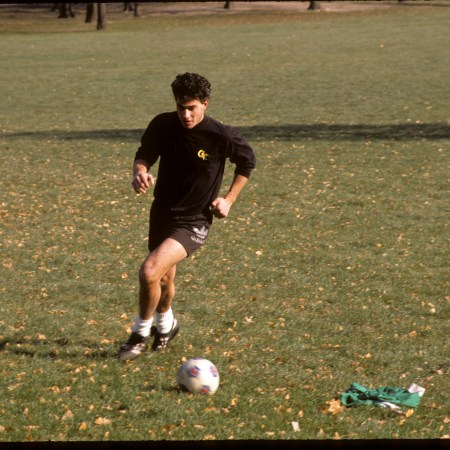Since Qatar broke ground on its 2022 FIFA World Cup stadiums way back in 2014, the country’s progress has been in the headlines for the constant and tragic plight of its workers. By July 2019, an estimated 1,400 had died due to lax safety and extreme heat (in the summer, temperatures can reach 113°F). And those who have survived — most of them migrant workers from India — make only about $250 a month from their efforts.
It’s a mess. And as important as sports are as a peaceful unifier of nations, it simply isn’t worth it. What will become of Qatar’s stadiums (one of which has a preposterous 80,000-person capacity) once this is all over? Taylor Swift certainly isn’t heading to Qatar on tour in 2025.
For once, though, here is some news of a 2022 World Cup project that blends ingenuity and sustainability. A Finnish company called Admares recently reached a deal to supply Qatar with 16 “floating hotels”; made from steel and holding 101 rooms each, the structures will bob around in the Persian Gulf for a month before they’re leased to some other project that has use for them. It’s a brilliant concept, and one the Admares CEO Mikael Hedberg got from the oil industry, which constructs (presumably far less luxurious) over-water structures for oil workers to live on.
For all the headaches that a soccer tournament in Qatar has caused, this is a surprising and satisfying innovation which could have real-world implications in the fight against rising sea levels. In Rotterdam, the Netherlands’ second largest city and one that faces the same coastal crisis as American cities like Boston, Miami and New Orleans, the headquarters for the Global Center on Adaptation are currently being built in a floating structure. A quite literal think tank for countries that want to collaborate on climate-positive initiatives in creative ways (which is backed by the Bill & Melinda Gates Foundation and Ban-ki Moon), the center will use similar technology to stay afloat.
As seawater creeps in — an inevitability at this point, considering that we’re headed close to the point of no return on rising CO2 levels, and still haven’t changed our ways — these structures might become increasingly common, and could even lead to entire cities in the middle of large bodies of water.
Subscribe here for our free daily newsletter.
Thanks for reading InsideHook. Sign up for our daily newsletter and be in the know.


















